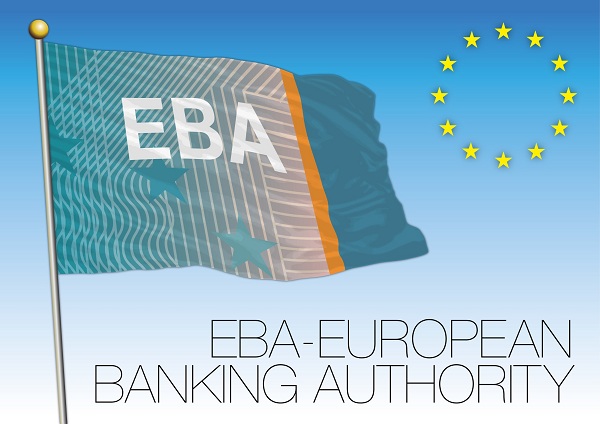
[ad_1]

- EBA extends AML guidelines to CASPs, addressing ML/TF risks in crypto transactions.
- Guidelines provide risk factors and mitigating measures, urging blockchain analytics use.
- Interconnected financial sector necessitates guidance for institutions dealing with CASPs.
In a momentous move to combat financial crimes, the European Banking Authority (EBA) has extended its Guidelines on money laundering (ML) and terrorist financing (TF) risk factors to encompass crypto-asset service providers (CASPs).
The new guidelines, effective from December 30, 2024, aim to harmonize anti-money laundering (AML) and countering the financing of terrorism (CFT) efforts across the European Union (EU).
EBA guidance for crypto-asset service providers
The EBA’s latest directive emphasizes the growing risks associated with crypto transactions, underscoring the potential for abuse in terms of money laundering and terrorist financing. CASPs, involved in crypto-asset transfers, face heightened risks due to factors like transaction speed and features that may conceal user identities.
To address these risks, the EBA’s Guidelines provide a comprehensive list of risk factors, guiding CASPs in identifying vulnerabilities in their customer base, products, delivery channels, and geographical locations.
To effectively manage these risks, CASPs are encouraged to adopt mitigating measures, including the use of blockchain analytics tools. The EBA’s approach acknowledges the interconnected nature of the financial sector, extending guidance to other credit and financial institutions with CASPs as customers or exposure to crypto assets. This additional layer of oversight becomes crucial, especially when engaging with non-authorized crypto-asset service providers.
EU’s broader regulatory framework
The EBA’s extension of the ML/TF Risk Factors Guidelines aligns with the EU’s broader regulatory framework, emphasizing a risk-based approach to AML/CFT. The regulatory landscape includes the Markets in Crypto Assets (MiCA) legislation, the Financial Action Task Force (FATF) recommendations, and directives such as (EU) 2015/849 and (EU) 2023/1113.
The guidelines mandate competent authorities to report compliance within two months after translations are published in official EU languages. These initiatives reflect the EU’s commitment to addressing money laundering and terrorist financing risks in the crypto sector, ensuring alignment with international standards.
[ad_2]
Source link